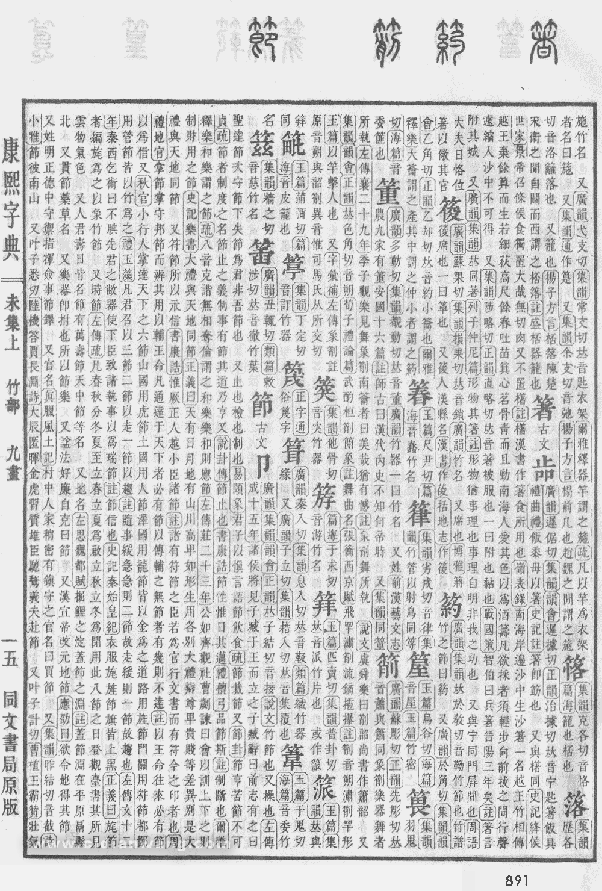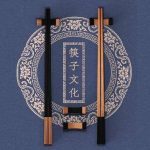Why do Chinese use “筷” as the character for “chopsticks,” while Japanese, Korean, and Vietnamese all use “箸”?
为什么中国人用“筷”作为“筷子”的汉字,而日语、韩语和越南语都用“箸”?
Because the Japanese, the Koreans, and the Vietnamese have all adopted the word Zhù (箸
) well before the use of Kuài (筷
) became prevalent in China, and they saw no use to change to the new character.
因为日本人、韩国人和越南人都早在Kuài(筷)在中国流行之前就已经采用了“箸”这个词,他们认为改用新字没有意义。
Zhù (箸) is a classical Chinese character, dating back to some of the earliest records in Chinese. For example, in the Confucian Canon Book of Rites
(禮記/曲禮上) from around 300BCE, it stated:
Zhù (箸) 是一个古典汉字,可以追溯到一些最早的中文记录。例如,在公元前 300 年左右的儒家礼仪大典中,它说:
饭黍毋以箸
Do not use chopsticks in eating millet.






-150x150.jpg)

